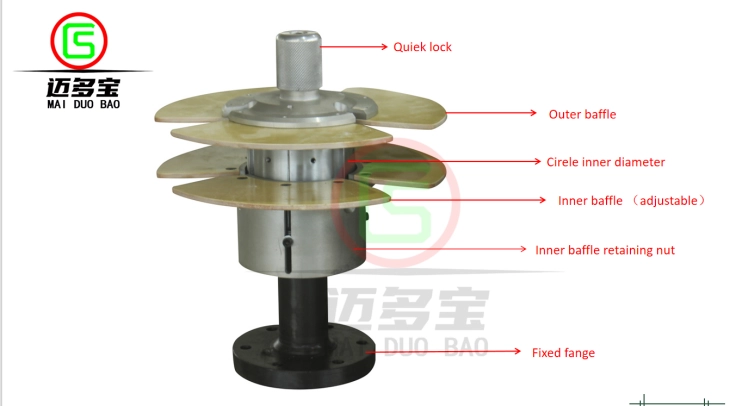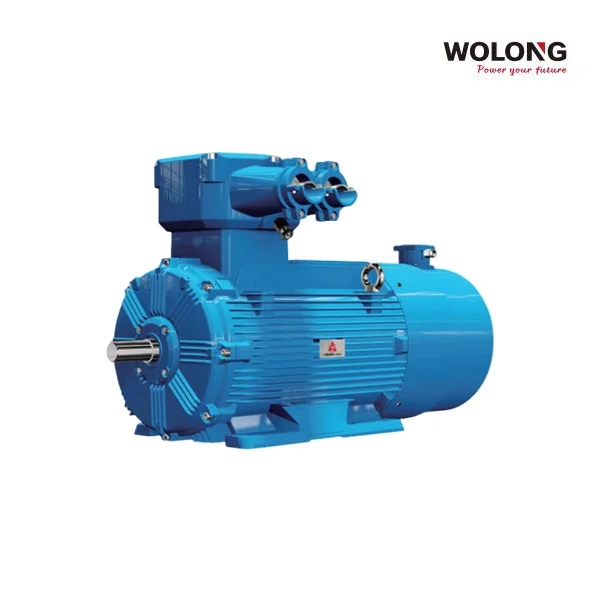When it comes to cutting wood, whether for construction, firewood, or other purposes, it's essential to choose the right tools for the job. One common question that arises is whether it is safe and effective to use an electric chainsaw on wet wood. In this article, we will delve into the topic, exploring the advantages and disadvantages of using an electric chainsaw on wet wood, providing you with the necessary insights to make an informed decision.
- Understanding the Electric Chainsaw:
Before we discuss using an electric chainsaw on wet wood, let's first understand the tool itself. An electric chainsaw is a versatile cutting tool powered by electricity, offering several advantages over its gas-powered counterparts. It is lightweight, emits no harmful fumes, requires less maintenance, and is generally quieter. These factors make it an attractive option for many homeowners and DIY enthusiasts. - The Challenges of Cutting Wet Wood:
Wet wood poses unique challenges when it comes to cutting. The moisture content in wet wood can affect the performance and safety of an electric chainsaw. Here are the key factors to consider: a. Reduced Cutting Efficiency: Wet wood is denser and heavier than dry wood, making it more challenging to cut through. The moisture content can cause the chainsaw to bog down, resulting in slower cutting speeds and reduced efficiency. b. Increased Wear and Tear: Cutting wet wood can accelerate the wear and tear of the chainsaw's components. The moisture can cause corrosion and rust, leading to a shorter lifespan of the chainsaw. c. Safety Concerns: Wet wood can be more slippery, increasing the risk of accidents. The chainsaw's chain may also become dull more quickly when cutting wet wood, requiring more frequent sharpening. - Advantages of Using an Electric Chainsaw on Wet Wood:
Despite the challenges, an electric chainsaw can still be used on wet wood with caution. Here are some advantages to consider: a. Convenience: Electric chainsaws are easy to start and operate, making them a convenient choice for occasional wet wood cutting tasks. b. Environmental Friendliness: Electric chainsaws produce zero emissions, making them an environmentally friendly option compared to gas-powered chainsaws. c. Lower Noise Levels: Electric chainsaws are generally quieter than gas-powered ones, reducing noise pollution in residential areas. - Precautions and Tips for Using an Electric Chainsaw on Wet Wood:
To ensure safety and maximize the effectiveness of using an electric chainsaw on wet wood, follow these precautions and tips: a. Check the Chain Tension: Ensure the chainsaw's chain is properly tensioned before use to prevent accidents and improve cutting performance. b. Use a High-Quality Chain: Invest in a high-quality chain specifically designed for cutting wet wood. These chains have special coatings to resist corrosion and maintain sharpness. c. Maintain the Chainsaw: Regularly clean and lubricate the chainsaw to prevent rust and ensure smooth operation. d. Personal Protective Equipment (PPE): Always wear appropriate PPE, including safety goggles, gloves, and sturdy footwear, to protect yourself from potential hazards.
Conclusion:
Using an electric chainsaw on wet wood can be done with caution, considering the challenges and precautions mentioned above. However, it is important to note that for heavy-duty or professional use, a gas-powered chainsaw may be a more suitable option. Ultimately, the choice depends on the specific requirements of the task at hand. By understanding the advantages, disadvantages, and necessary precautions, you can make an informed decision and safely tackle your wet wood cutting projects.





